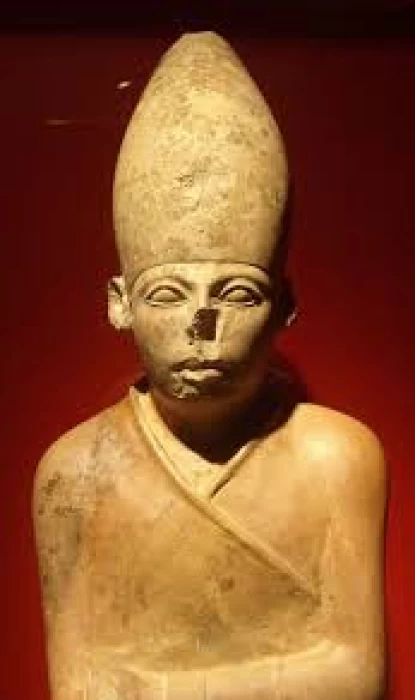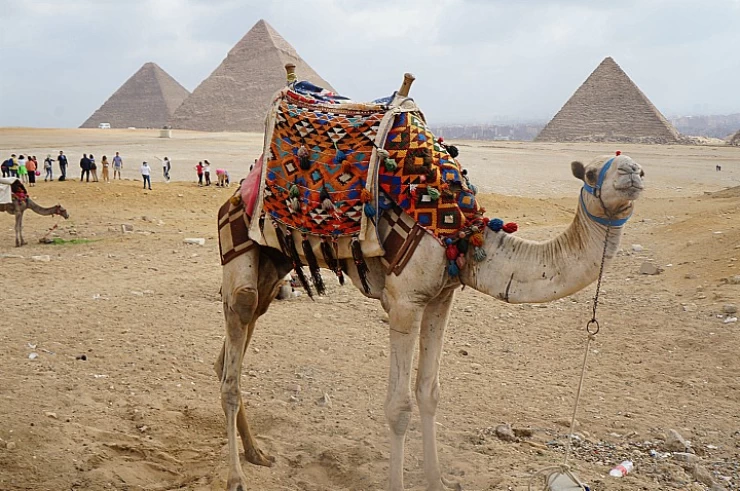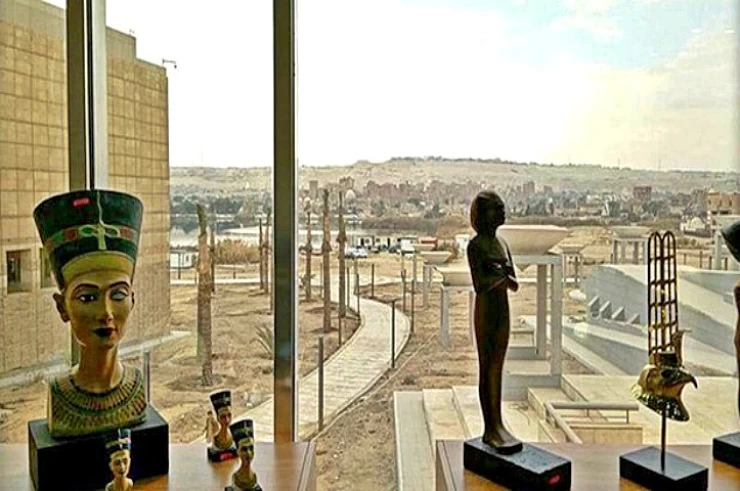
History of King Khasekhemwy | Pharaohs of Egypt
Khe sakhem Wei Khasekhemwy (d. 2686 BC; Sometimes written Khasekhemui) was the fifth and last pharaoh of the Second Egyptian dynasty. Little is known about Wei's successors, except that he led many important military campaigns and built many statues, still surviving, remembering the war against the northerners.
Period of Reign
During the reign of Wei, a state of stability prevailed due to the official text that he had issued: "the emergence of the two forces through which the two gods agreed and reconciled, "and his drawings. The main facade of his palace is surmounted by the images of "Horus and set together" instead of the image of the god "Horus "alone, "Kha sekhmoy" put an end to political disputes between two directions: the first direction took the "Horus" as its symbol, while the second direction took the "set" as its symbol. In his time, security and discipline prevailed, both inside and outside the territory of Egypt. The Egyptian civilization also made a huge leap in various quantitative and qualitative aspects, which made it go beyond the "Athenian" era to step towards the old state. In fact, the development and progress of technologies had a great impact not only on the mining industry - it became possible to melt copper statues at that time - but also on architecture in particular. Stones were no longer limited to being used only as an auxiliary material, but some used them knowingly and skillfully at that time. This is evidenced by the limestone chamber located in the Tomb of that Pharaoh in Abydos, as well as the pillar carved from granite stone and decorated with inscriptions from "hierakonpolis Herakonpolis", and so the path was paved for the genius of "Imhotep".
















